It’s early morning, and I’m out around the homestead, quietly doing my normal chores. If you listen closely through the birdsong, you’ll hear the sound of a metal bucket clunking against my boots, transporting something precious. I filled it slowly from the rain barrel, listening to my small flock of chickens clamoring in their coop. They’re impatient to start the day and get the most important part of their diet — fresh water.
One might not think of water immediately when it comes to chicken care (housing and feed can often dominate the conversation) but it’s probably the most crucial element of their provisions. Without clean water, and effective chicken waterers, the hens don’t lay eggs, the roosters can’t grow delicious meat, and the birds won’t live for very long.
There are lots of options when it comes to providing much-needed H2O for your feathery friends, and all have their strengths and weaknesses. Let’s talk about how much water birds need and how to give it to them appropriately, and then delve into the pros and cons of some chicken waterers to help you decide which is best suited for your homesteading style and budget.
Store-Bought Chicken Waterers To Consider
As you read through the options, keep this truth in mind: There is no universal “best” chicken waterer for every flock. A fancy waterer means nothing if it’s finicky to fill. Then it becomes a chore that, let’s be honest, may have you not filling it as often as you need.
The fact is, the best waterer, whether a complicated store-bought contraption or a bowl from the thrift store, is the one you are able to keep consistently clean and filled.
Double-Walled Waterer
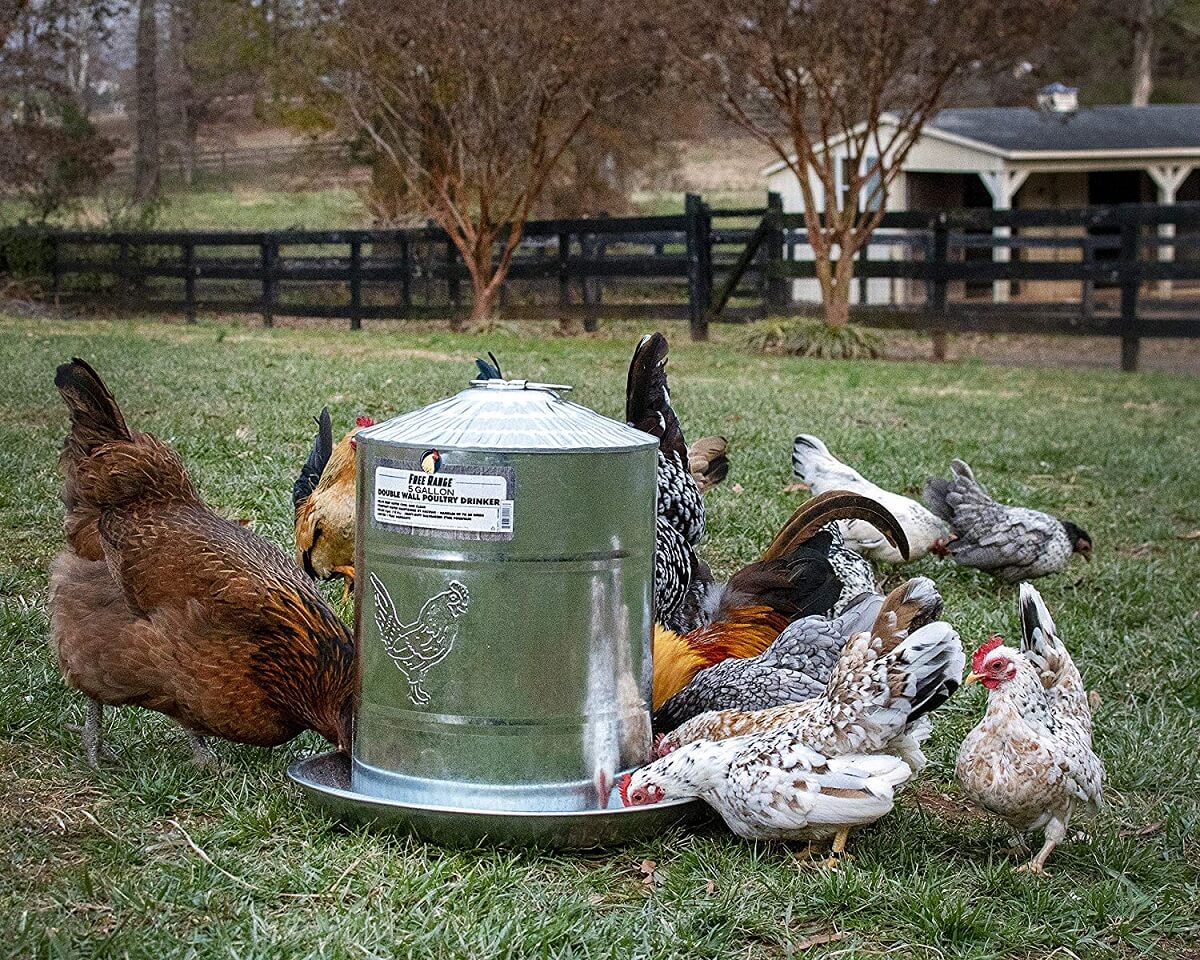
This is the waterer you’ll see in every feed store and for a good reason! These waterers are functional, dependable, and get the job done. You can either set them on the ground or elevate them slightly by hanging them from the coop ceiling. Many of them are designed to accommodate a heater for the winter months.
Related Post: My Chickens Survived A Montana Winter Because I Broke The Rules
I’ve also seen variations of this design using a glass mason jar. There are DIY plans for that idea as well (check them out below). It’s simple enough to set up, but if you have more than a few birds, you’ll probably have to refill it multiple times a day. That’s no loss in my book. Saying hello to my birds is a favorite part of every day.
As a winter note, you’d also be wise to empty it at the end of the day. Water expanding as it freezes, can easily shatter the glass. Granted, it’s an easy thing to replace a mason jar, but I can’t think of any chicken keeper that would want the risk of glass shards in their poultry run.
Galvanized Pan
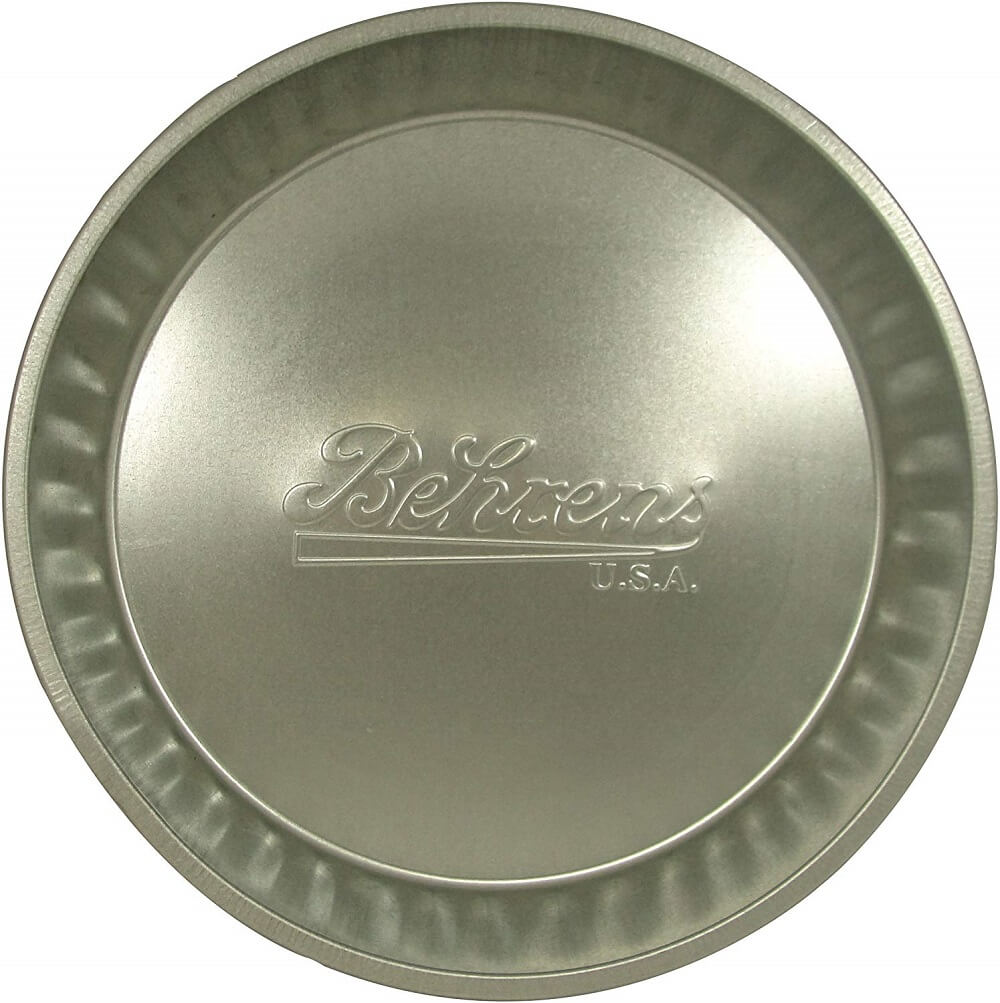
You can’t get much simpler than a pan of water for your birds. Galvanized metal ensures that as long as the coating doesn’t get cracked or worn through, the pan won’t rust. This pan is easy to scrub clean with a handful of fresh straw, and it couldn’t be easier to fill. There are many different sizes to choose. I prefer the 3-gallon size as it’s pretty hard to tip over and holds enough water for a passel of poultry on sweltering summer afternoons.
Of course, an open pan gets dirty, and if your birds are happily scratching in the coop, they will often toss grass, dirt, and leaves in their pan. Another thing to keep in mind is the coating. Galvanized metal can react to acidified water.
So if you’re looking to add apple cider vinegar to your chickens’ drink as a tonic, you’ll need a different material to hold it. And when it comes to breaking ice out of the pan, easy does it. Tip the frozen pan on its side and hit the edge against the ground repeatedly — but not forcefully. The ice will fracture and break without denting the pan too much.
DIY Chicken Waterers To Consider
Though their name may make you giggle, “chicken nipples” are handy little devices that allow you to transform a wide range of items into convenient DIY chicken waterers. Check out the following plans that utilize this system.
5-Gallon Bucket Waterer
I’m always a fan of anything using a 5-gallon bucket. This DIY-er claims that the bucket only needs to be filled once a week and can easily care for a flock of 20.
Related Post: Chicken Feeders
Before you consider this chore done for the week, remember to check the water levels. It’s easy to forget a long-term waterer like this one, and end up with thirsty birds … or worse!
PVC Chicken Waterer
This one is too pricey for my tastes, but if you don’t mind spending around $60 to build a sanitary station for your poultry, maybe this design can work for you.
Glass Chicken Waterer
I’m not a fan of plastic in my world, and neither is the chicken keeper who came up with this idea. Her design for a mason jar chicken waterer won’t be enough for a huge flock, but it will for sure keep plastic contaminants from leaching into the bodies of a few chickens.
Go-Out-For-A-Weekend Chicken Waterer
This chicken food-and-water setup may be absolutely ideal for your purposes. It can keep your birds fed for several days, giving you a chance to leave the homestead knowing your birds still have what they need. Also, it would be really easy to hook up to the roof and use rain catchment to fill the barrel.
Upcycled Beverage Cooler Chicken Waterer
Those in the sticks know that sometimes necessity is the mother of invention, and they’ve been engineering upcycled farm tools and equipment for as long as there have been farms. Carry on the tradition. Save a junky beverage cooler from a landfill fate, and turn it into this humble waterer instead.
How To Properly Water Your Flock
Getting chickens to drink water isn’t complicated. They know they need water and are perfectly suited to drink what they need as long as they can reach it. In order to provide water to your flock, you need to know a little bit about their specific needs.
How Much Water Do My Chickens Need?
First off, consider how much each bird requires. For mature laying hens, this is probably around 1/2 liter a day during temperate weather and up to a full liter on really hot days.
Meat birds may drink even more due to their accelerated growth rates. You may find that your specific chickens drink more or less than this amount based on their feed as well. Free-range birds eating juicy greens will drink less than poultry fed on dry crumble alone.
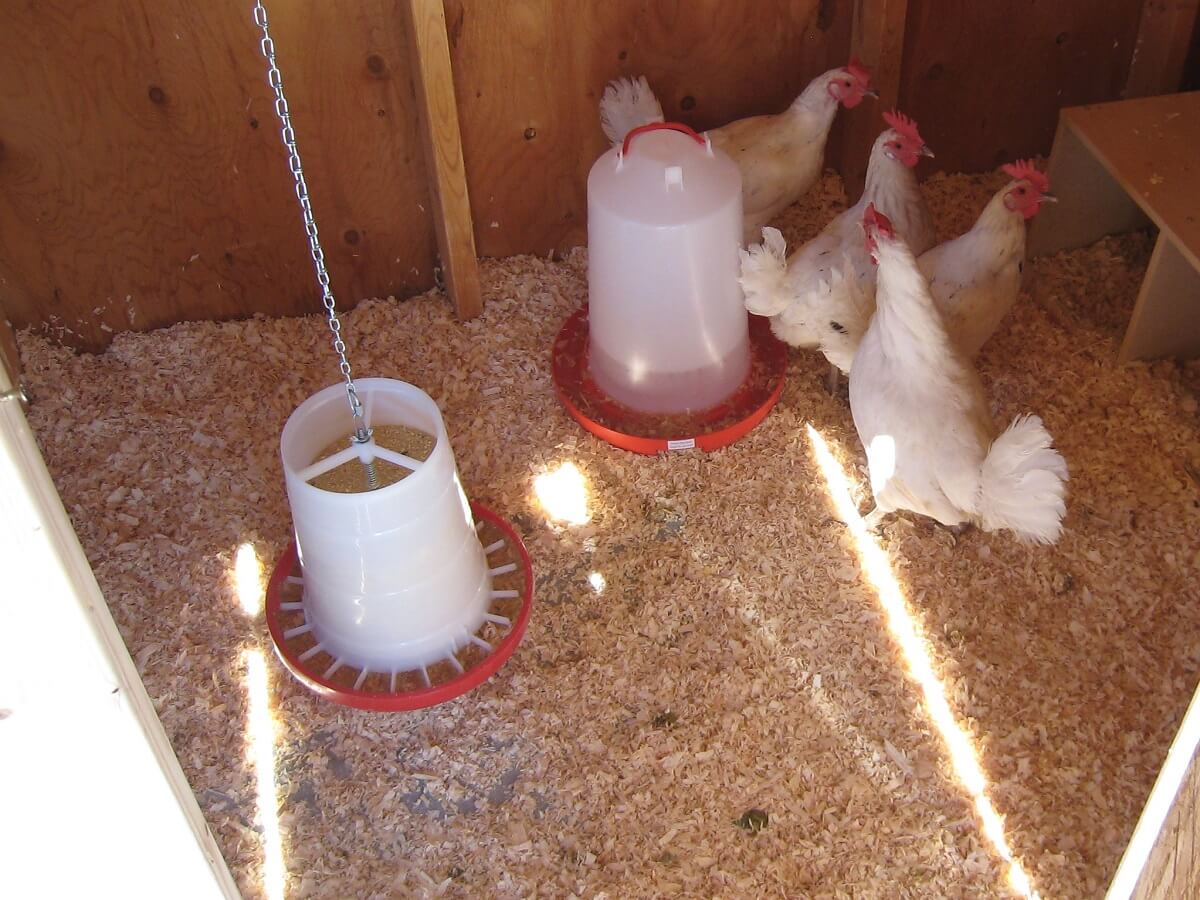
The basic answer is you’ll need to observe your flock for a while to figure out what the right amount of water is for their daily use. When in doubt, give them more than you think they’ll need. You can always scale back later.
How Tall Should My Chicken Waterer Be?
Another consideration to keep in mind is the height of the waterer. Height depends on the method used to water the birds. A simple pan of water can work if set on the ground. It’s basically a clean puddle in their minds.
A nipple-style waterer, however, will need to be raised incrementally as chicks grow into adults. These over-the-head style waterers take advantage of the way chickens tilt back their heads to swallow, so it needs to be within comfortable reach. This link shows you the correct height for birds relative to their size.
Speaking of chicks, if you do decide to water them with a pan, cover the bottom of the pan with clean river stones so they can’t fall in and drown. Once they start to feather out, you can remove the stones. The chicks will be a little bit smarter by then.
Consider The Temperature And Climate
Another consideration to keep in mind is the temperature. Obviously, hot days are when you may need to monitor the water levels to make sure your flock doesn’t run dry. Installing a rain barrel off your coop roof is a great way to keep a source of water close enough to refill as needed.
Related Post: Chicken Coop Plans
On freezing days, you’ll have to fight ice to make sure your flock won’t lose access to their drink. Some keepers utilize heaters to keep water liquid in the winter, but that obviously requires an electrical outlet somewhere. If your coop is off-grid, a necessary part of cold winter days is periodically breaking the ice out of your animals’ waterers.
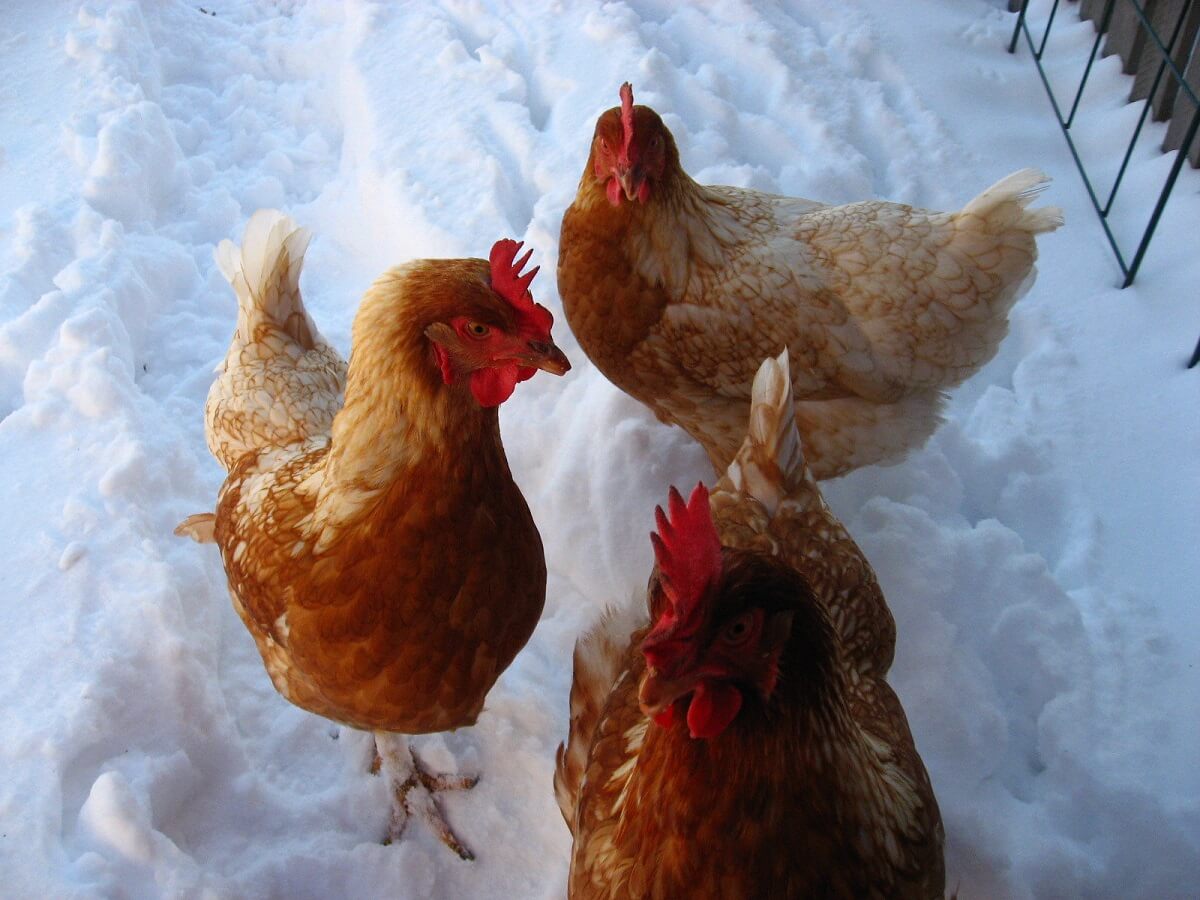
It is crucial to make sure your chickens never run out of water no matter the weather. Thirsty birds have a harder time cooling off, and if they go too long without a drink, they could die. Even a few hours without a drink could stress your birds enough that they stop laying eggs for weeks! So keep your flock healthy and happy by keeping it hydrated.
There are many more plans and ideas than these though. What do you use in your coop? How do you fight ice in the cold months? And what’s your favorite way to keep things clean? Give us your tips in the comments below.


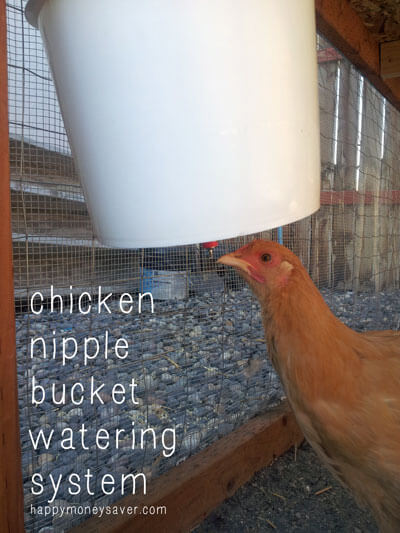
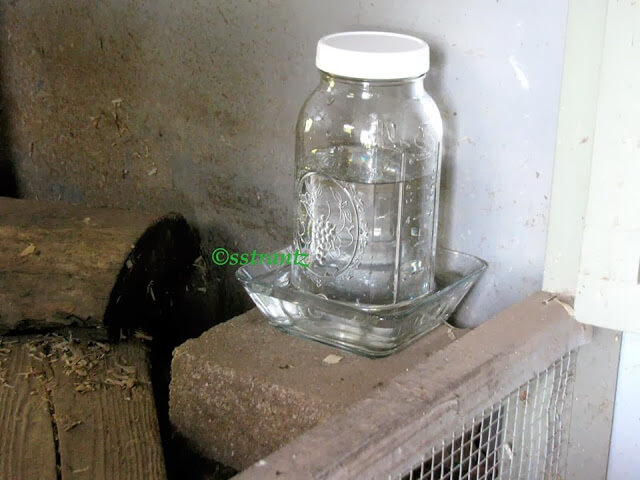
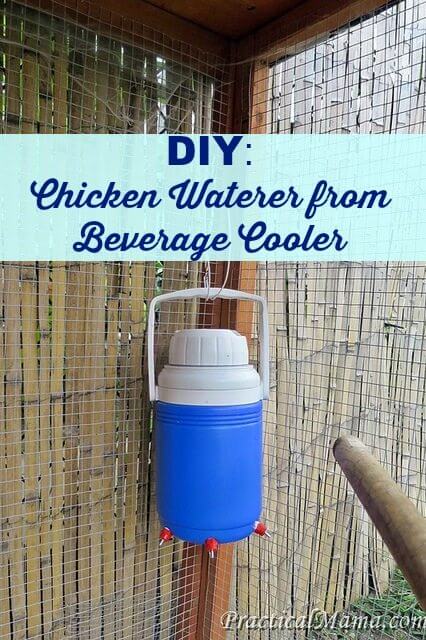

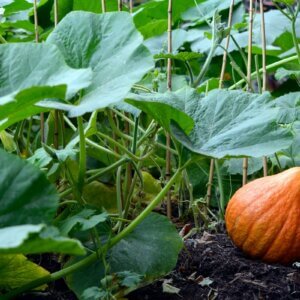


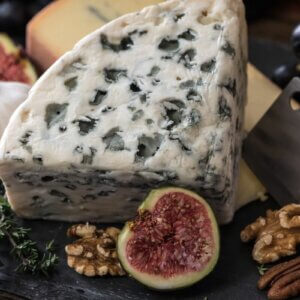


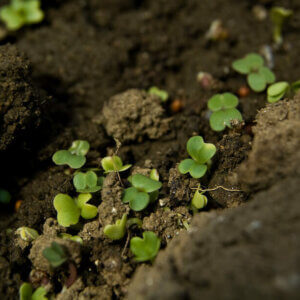
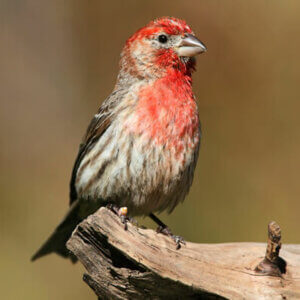


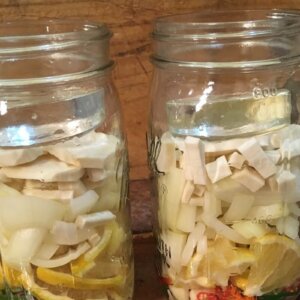
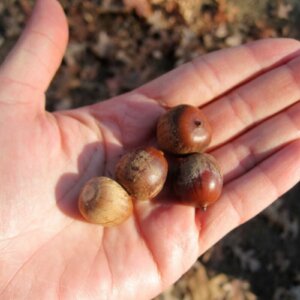
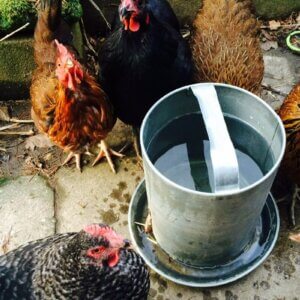


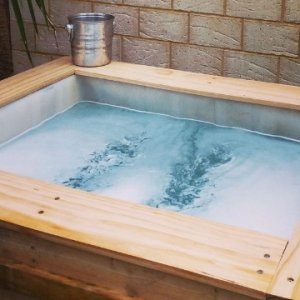
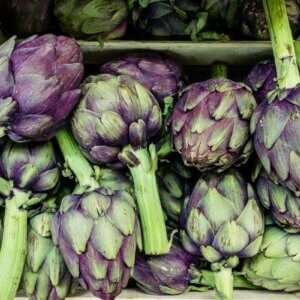




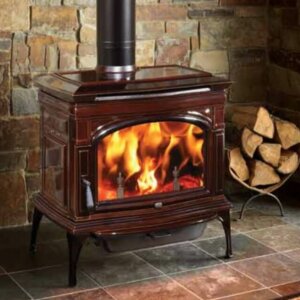



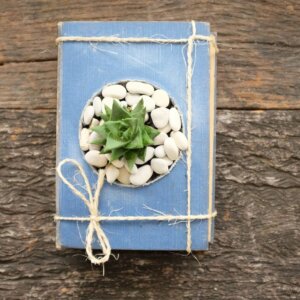
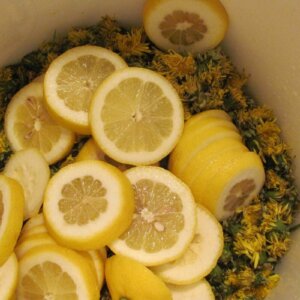

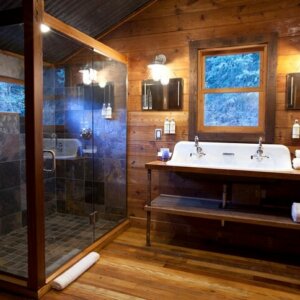



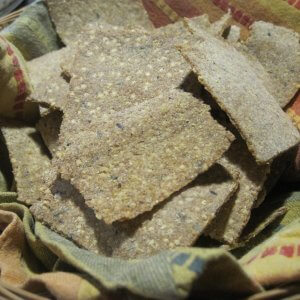

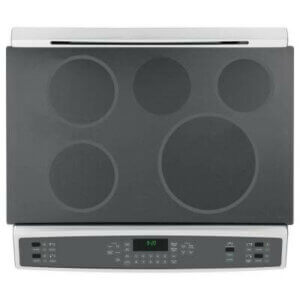



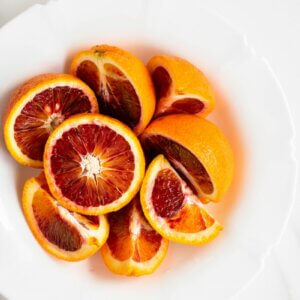
Leave a Reply